By Juliana Scheiderer ’16
For aquatic biology students, getting hands-on experience constructing a wetland just came with the class.
They surveyed land, tested soil, and helped build vernal pools for amphibians in the woods at The Ridges.
“I’m excited to be a part of this project because I’ve never made a wetland before,” says Environmental Biology student Tyler Payne, who was part of the fall BIOS 4310 class. “It’s cool to see it go from start to finish, from a forest to a wetland in a little over a day.”
After the sites had been selected and the soil had been churned, students carry bales of straw and hoes off of a nearby pickup truck to the worksite. They loosen the clumps of dirt sitting on top of the pools and begin to spread the straw on top of the pool. Next, the students begin seeding the pool with wheat.
Wetlands restoration expert and project consultant Tom Biebighauser explains the importance of this seeding, while passing around wheat seeds for the students to munch on. According to him, the wheat will begin to come up through the straw within three days of the next rain, and provide excellent erosion control. The straw spread on top breaks the velocity of the raindrops, so heavy rains don’t cause erosion. This allows the wheat to germinate underneath. The soil will naturally allow some water through it, but the goal is that the pool is not washed away.
The Importance of Conservation
Why is the class going through this effort? The vernal pools will provide new habitats for several keystone species of the region. The wetland will attract amphibians and create new environments for them, which will allow them to breed and lay eggs. Some of these species include the Wood Frog, Spotted Salamander, Marbled Salamander, Jefferson Salamander, Tiger Salamander, and the Four-toed Salamander.
“It’s an excellent habitat for amphibians and aquatic insects, but it’s also teaching students the importance of habitat. It’s teaching them career skills and walking them through a wetland restoration project,” says Molly Gurien, Senior Lecturer in Biological Sciences. “So, they’re learning techniques, but also learning about ecology.”
The site will be monitored on a long-term basis, according to Gurien. The pools will take about three years to colonize. Gurien says she will continue to bring classes up to the sites to study the pools. At that point, she says, it will be about wildlife.
1804 Grant
The team’s efforts are made possible through an 1804 Grant, which funds programs and activities that enhance undergraduate and graduate education. The grant allowed the team to bring in wetlands restoration guru,Biebighauser, who used to work for the U.S. Department of Forestry. He consulted with the team since the beginning of the project, and has personally built over 1800 wetlands.
Gurien also outlined what makes the project so valuable in her 1804 Grant proposal. The pools are both “a teaching tool and an outdoor learning environment.” In addition to providing critical habitats for many keystone species of the region, the project involves undergraduate students in a restoration project that prepares them for future careers. The students in the Aquatic Biology class can take the skills learned in building the vernal pools to potential employers and point to this project as evidence of their commitment to wildlife conservation.


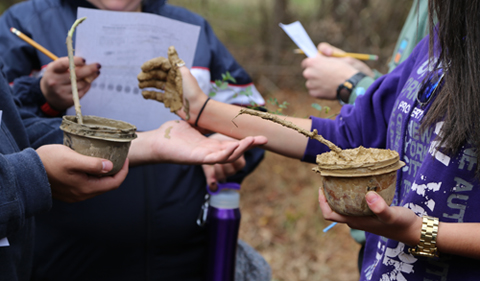
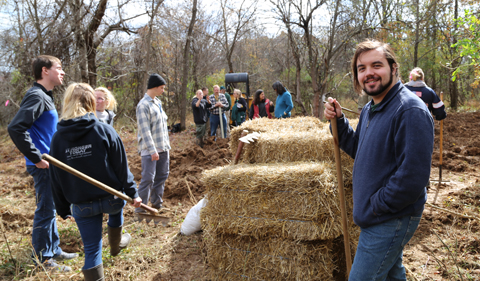
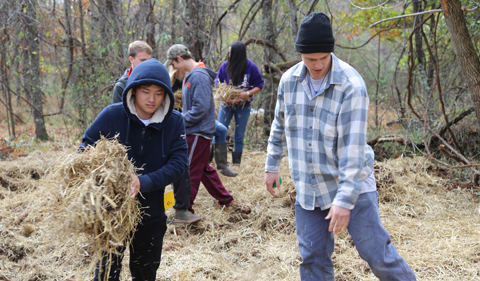
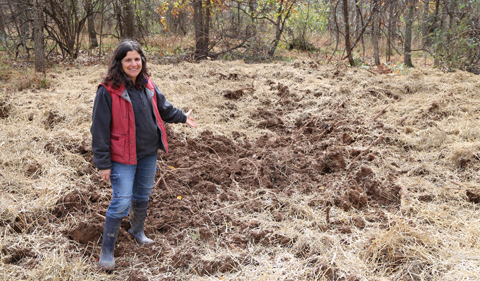
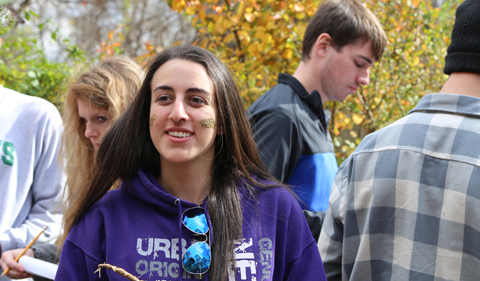
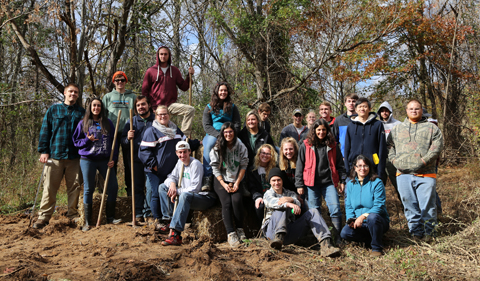

















Comments